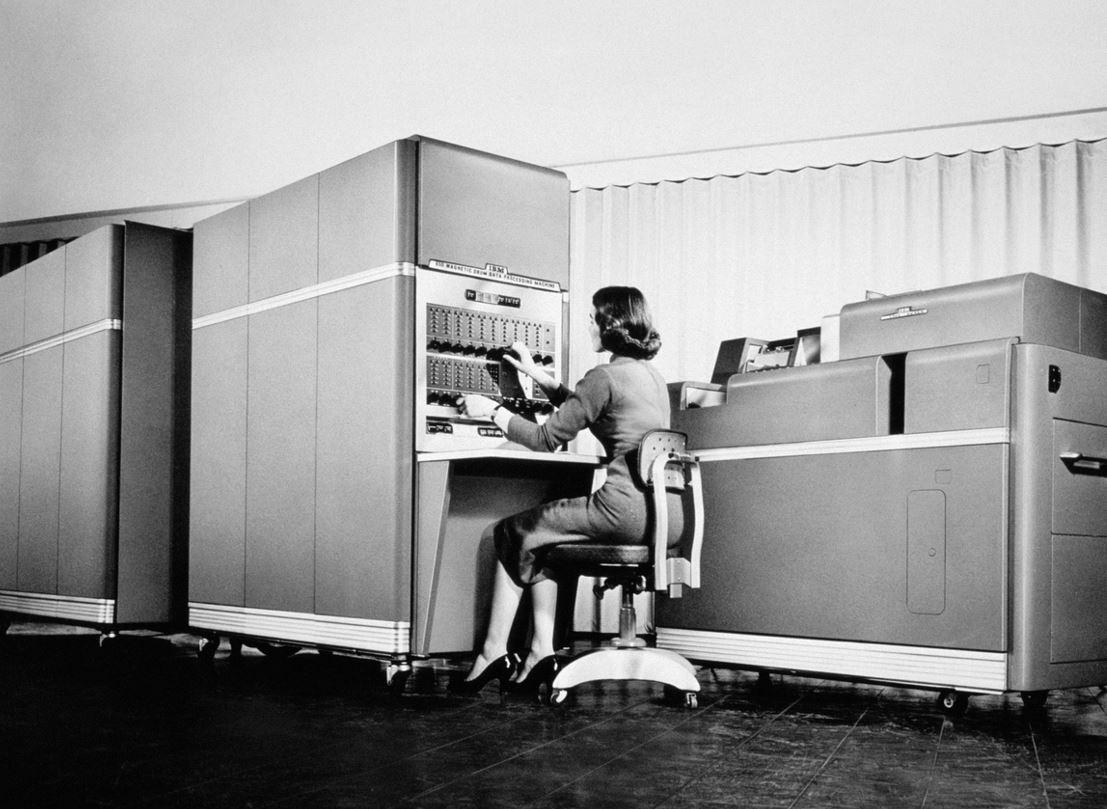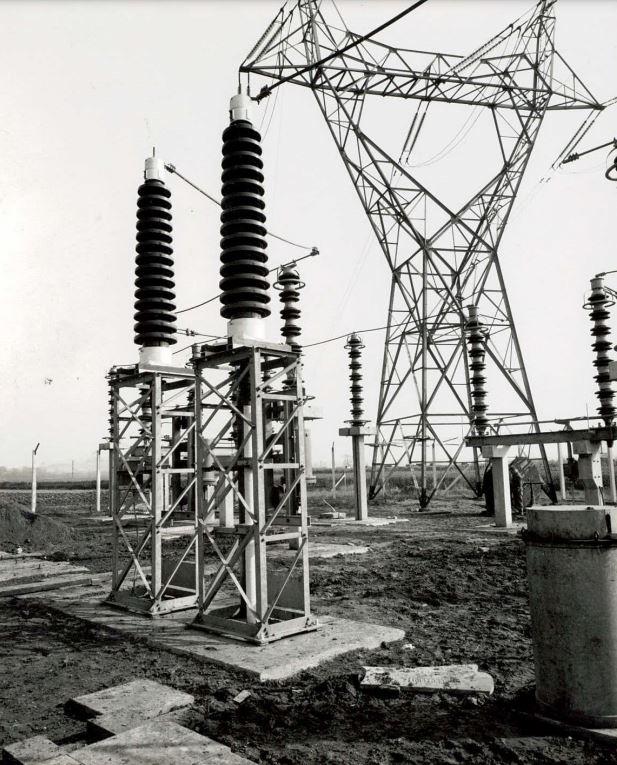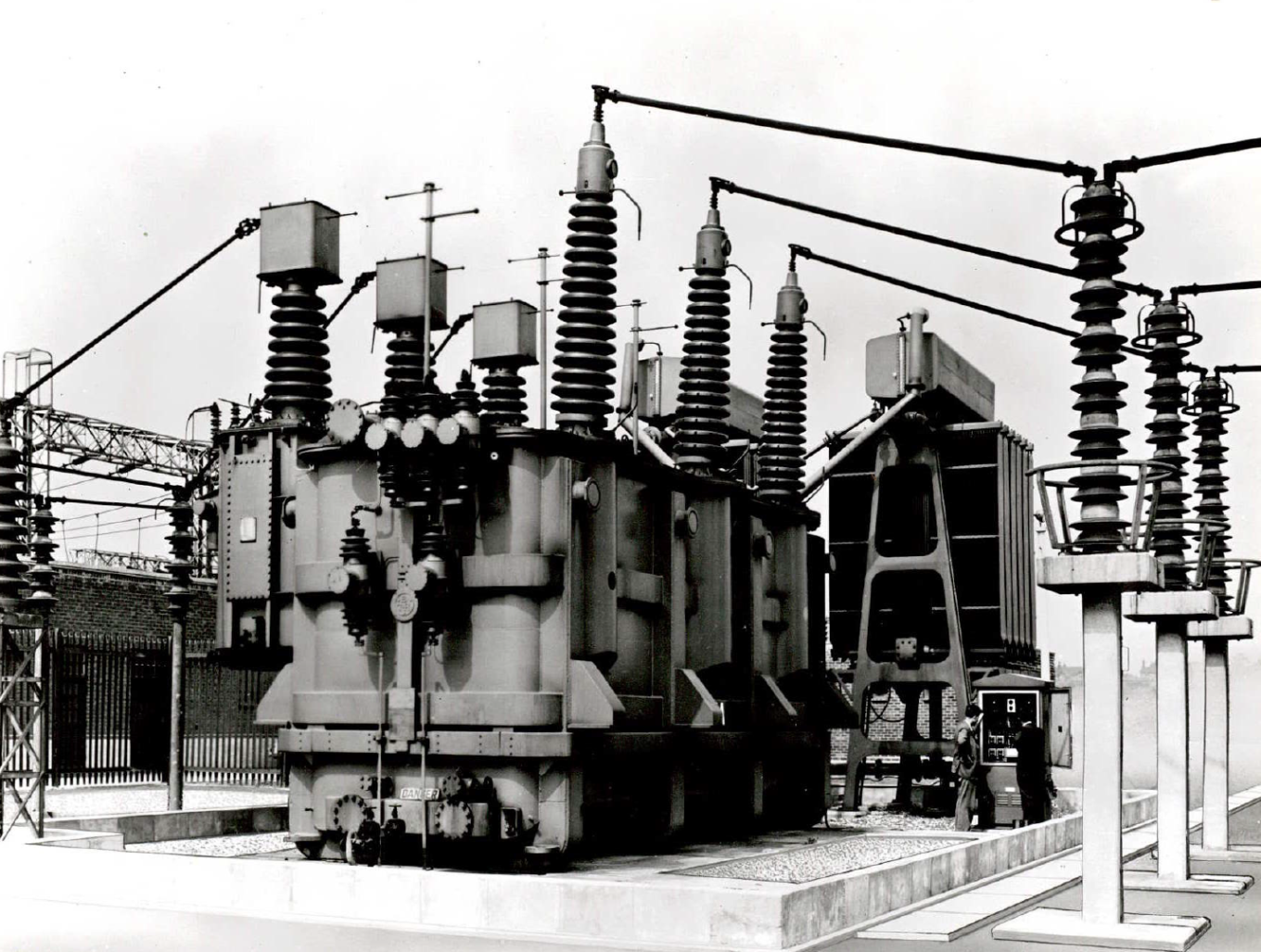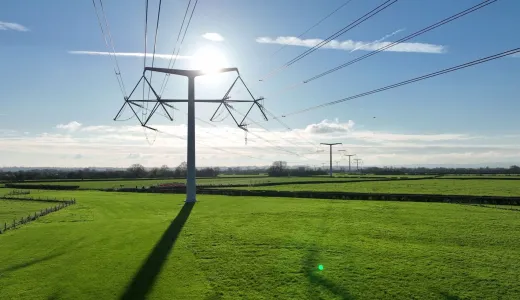It’s 70 years since a circuit-breaker was closed to energise Britain’s 275kV supergrid for the first time. Read on to discover some of the technology behind the achievement.
The need to expand
By 1950, Britain’s original 132kV grid was at capacity. It hadn’t been designed to carry power in bulk around the country, instead operating as seven distinct networks serving regions. Major investment and expansion would be needed to meet demand for electricity that had risen nine-fold since the first grid was built.

In particular, there was a need to transmit electricity from proposed new coal power plants – sited mainly at coalfields in the East Midlands and Yorkshire – to where that energy demand was increasing, predominantly in London and the southern counties, Manchester, Merseyside and Tyneside.
Birth of the supergrid
A committee of engineers at the newly formed British Electricity Authority (BEA) calculated in 1950 that it would be cheaper to transmit electricity over long distances than it would be to transport coal.
Learn about the supergrid's key locations
They conceived a new transmission system to be built and superimposed over the existing 132kV grid circuits – nicknamed the ‘supergrid’ to help capture the public’s imagination.
The BEA committed £52 million over ten years in the 1,150 miles of new 275kV supergrid transmission lines, equivalent to around £1.4 billion in today’s prices.
Towering ambition
Forward-thinking engineers at the BEA’s predecessor, the Central Electricity Board (CEB), had already begun researching insulator technology for higher voltage transmission in the late thirties.
These glass suspension insulators needed to be strong enough to support the heavier wires that would be needed, while preventing the whole tower becoming live from the current.

An experimental, 40-mile 264kV overhead line was erected between Staythorpe (Nottinghamshire) and West Melton (near Sheffield) to evaluate the new technologies. Successful trials led to the engineers boosting the voltage to 275kV, more than double the highest voltage used in Britain at the time.
But the engineers had greater ambitions – and foresight to match it – and were to build towers to easily accept future upgrades to heavier 380kV lines. True to their vision, these higher capacity lines were later installed during the sixties, insulator technology having advanced so that 400kV could be used.
While the Staythorpe-West Melton route trialled as a single circuit line, all subsequent supergrid lines were built as double circuits – with larger towers to carry the wires. Many of these original routes continue to reliably transmit power today, on towers erected seventy years ago.
The supergrid substation
Developing and installing new designs of equipment to work on the ambitious supergrid tested BEA engineers and a post-war British manufacturing industry to its limits.
In the interests of speed of manufacture and delivery of substation equipment, designs were standardised. This allowed competing manufacturers to build interchangeable equipment which was compatible with designs from their rivals, and which reduced the engineering burden on busy factories.

Transformer and switchgear design both benefited from this approach, with rival manufacturers such as General Electric Company and English Electric even collaborating on circuit-breaker technology. The rapid pace of progress
saw early 7,500MVA designs quickly replaced with 10,000MVA circuit-breakers, and later 15,000MVA during the sixties.
Around 60 transformers, often weighing over 150 tonnes and standing as tall as a London bus, were installed as part of the supergrid build up to 1960. The limiting factor in boosting transformer capacity during that time was often the difficulty transporting the units on Britain’s roads – a logistical challenge that still needs managing!
Our grid today
The original supergrid is a story of remarkable engineering prowess and transition. At National Grid we’ve invested billions over recent decades to continue innovating and evolving the transmission network, and today we’re embarking on The Great Grid Upgrade – the biggest overhaul of our electricity grid in generations.
Where the early supergrid was built around the power plants of the Midlands, tomorrow’s network will take a different shape, connecting us to clean energy out at sea – meaning new infrastructure, in new places. Today, new technology and innovation is already driving that clean energy transition. From our new T-pylons which are bringing low carbon electricity to millions, to our London Power Tunnels project to rewire and reinforce the capital’s network, we’re building the next supergrid to help Britain reach net zero.


